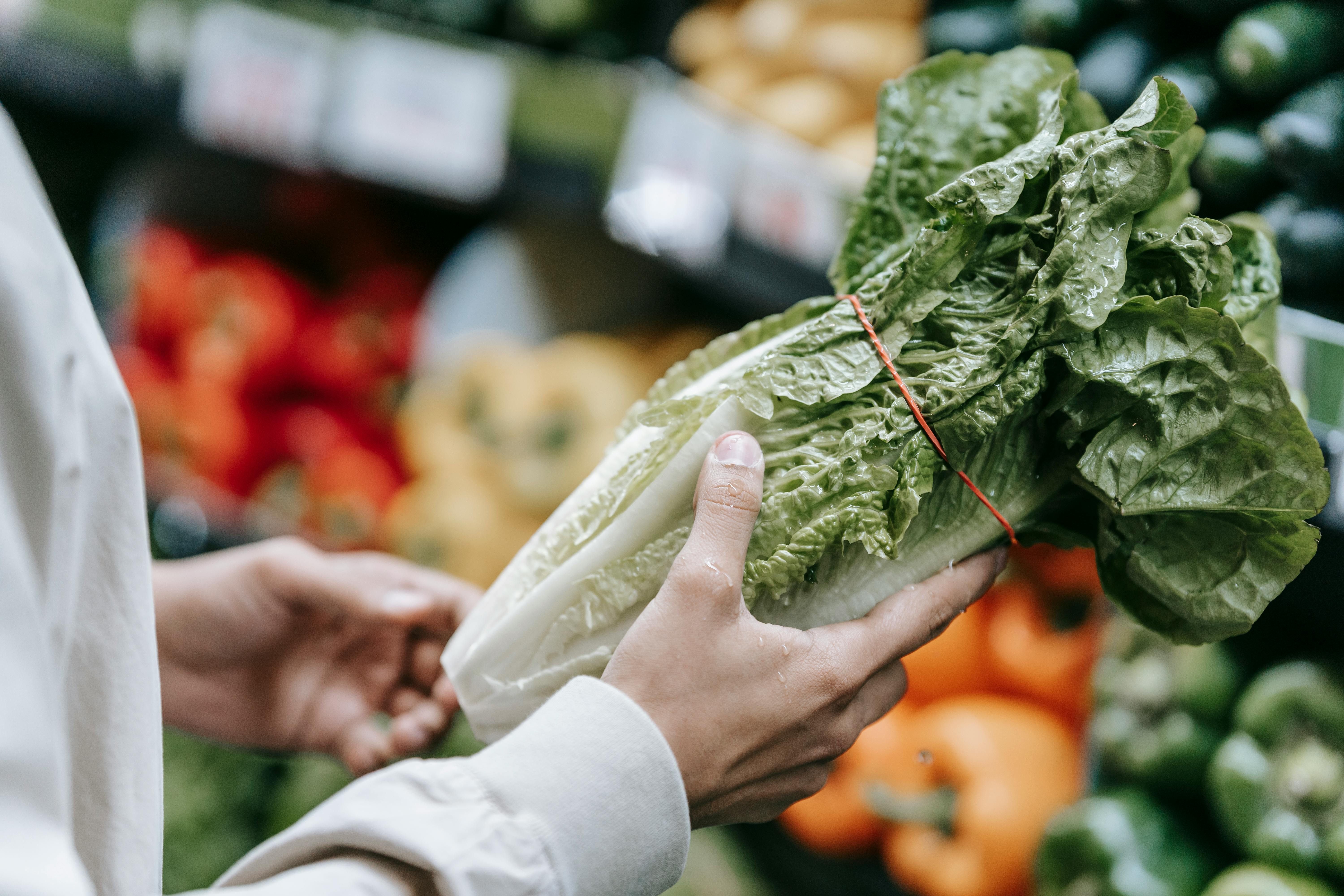

Food is a universal human need, but the way we produce and consume it has profound implications for climate change, biodiversity, water scarcity, and soil degradation. Agriculture is responsible for roughly one-third of global greenhouse gas emissions, and within that, livestock accounts for approximately 14.5%, according to the Food and Agriculture Organization (FAO). The current global food system also drives deforestation, overfishing, and pollution from synthetic fertilizers and pesticides.
Moreover, with the global population expected to reach nearly 10 billion by 2050, our food choices today will directly shape the future of food security and planetary health.
The environmental footprint of food comes from several key areas:
Even seemingly small decisions — like what you eat for lunch — ripple through the supply chain and affect ecosystems across the globe.
Transitioning to sustainable eating doesn’t require perfection. Instead, it’s about making smarter, more intentional choices.
One of the most impactful changes is shifting towards more plant-based meals. A 2018 study from Oxford University found that adopting a plant-based diet can cut food-related greenhouse gas emissions by up to 73% and land use by 76%. Even moderate changes, such as participating in “Meatless Mondays,” can help lower your environmental footprint.
Buying seasonal and local produce can also help. Locally grown fruits and vegetables, when in season, typically require less energy to grow and transport. Supporting small-scale or regenerative farms contributes to healthier soil, better water retention, and more resilient food systems.
Reducing food waste is another powerful action. Start by planning meals, storing food properly, and getting creative with leftovers. Composting scraps and supporting food-sharing initiatives also play a role in keeping resources in circulation.
While food certifications like Organic, Fair Trade, Rainforest Alliance, or MSC (Marine Stewardship Council) can offer helpful indicators, they’re not always a full guarantee of sustainability. Organic farming, for example, avoids synthetic chemicals, but may require more land to achieve the same yields. Conversely, some conventional farms may use precision agriculture techniques to reduce water and input use effectively.
Understanding where your food comes from, how it was produced, and by whom often provides more insight than a single label. Transparency and storytelling — whether from brands, farmers, or food cooperatives — can guide more thoughtful choices.
Sustainable eating isn’t just about the planet — it’s also about people. The global food system is rife with inequality, from low wages for farm workers to limited access to healthy food in marginalized communities.
A truly sustainable diet considers affordability, cultural relevance, and nutrition. This might look like supporting local producers, learning to cook with less common (but more sustainable) ingredients, or choosing products from companies with fair labor practices.
Our plates have the power to influence global change. By eating more sustainably — with an eye on how our food is grown, transported, and consumed — we can contribute to a healthier planet and a more equitable future. You don’t need to change everything at once. Even one intentional choice at a time makes a meaningful difference.